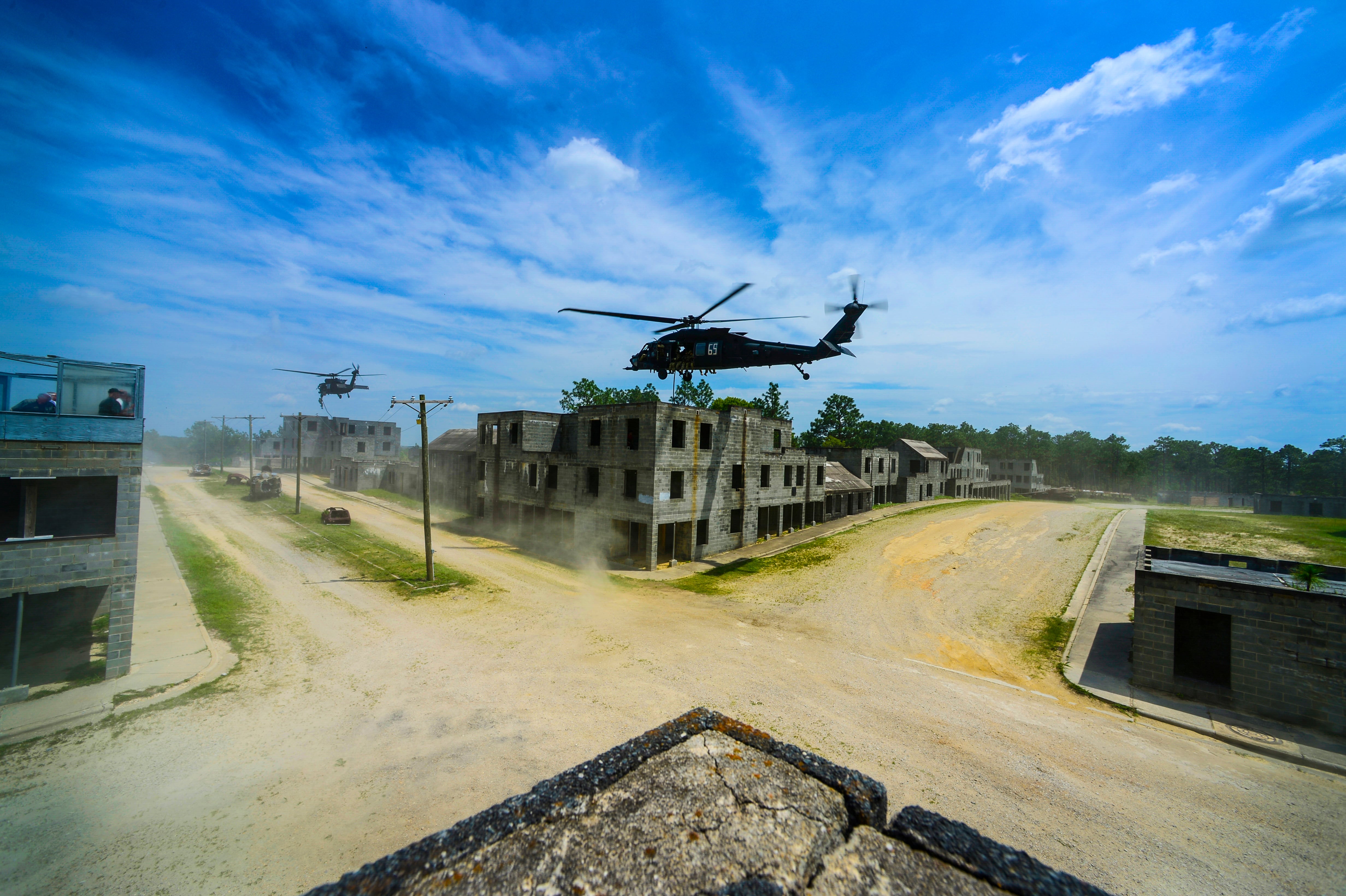The loss of two UH-60 Black Hawk crews in less than two weeks signals the need for a comprehensive look at the helicopter’s mechanical, software and electrical systems to see if the cases “fit a larger pattern of malfunction,” according to a member of the Senate Armed Services Committee.
Nine National Guard troops have been killed in Black Hawk crashes in roughly one year, raising “significant concerns about a systemic issue with the Black Hawk helicopter operation cycle,” Sen. Kirsten Gillibrand, D-N.Y., said in a letter to Defense Secretary Lloyd Austin on Friday.
When the active duty force is included, data shows that there have been five fatal Black Hawk crashes in the past 14 months, both overseas and domestically, claiming the lives of 16 service members.
Gillibrand’s letter called for a classified briefing on the mishaps that have occurred to discuss any problems with the Black Hawk that cause it to malfunction or make it difficult to pilot, as well as the Pentagon’s plan to rectify those issues.
“Because of the ongoing danger posed to our service members, I ask for this briefing to occur as soon as the disparate investigations are complete,” Gillibrand’s letter reads.
One of the fatal mishaps occurred in the senator’s home state.
A New York Guard Black Hawk crashed Jan. 20 in a farmer’s field south of Rochester, killing three experienced pilots. That was followed less than two weeks later when a three-man Idaho Guard Black Hawk crew was killed near Boise. Both incidents took place on routine training flights, according to Guard officials.
A little more than a year earlier, a Minnesota Guard Black Hawk crashed near St. Cloud in December 2019.
RELATED

An investigation into the Minnesota incident determined that the helicopter’s number one engine failed because the hydromechanical unit was incorrectly installed, and inspection of the unit’s installation did not follow proper procedures. The engine failed during a maximum power check and the number two engine was in the idle setting, causing a dual engine-out condition.
Black Hawk mishaps have not been confined to the Guard, though, which “raises additional questions that we urgently need answered,” Gillibrand said in her letter.
Two soldiers from the 160th Special Operations Aviation Regiment were killed in late August when their aircraft went down near San Clemente Island, California. Three other soldiers were injured in the mishap.
Months later in November, five U.S. soldiers, as well as a French and Czech troop, were killed during a peacekeeping mission in Egypt’s Sinai Peninsula when their Black Hawk went down because of an apparent technical failure.
Black Hawk helicopters have been flown by the Army since 1979, though the airframe’s components have been periodically upgraded since then.
The Army’s future vertical lift program is looking for a replacement, but the initiative is in a fairly early stage, and aircraft born of it are not expected to be operational until the early 2030s, according to the Congressional Research Service.
Military aviators told Army Times that the future vertical lift aircraft being tested aren’t necessarily technological leaps on their own, but they do combine technologies that have been maturing over the last couple decades, like advanced composite structures for lighter aircraft and advanced rotor control.
Kyle Rempfer was an editor and reporter who has covered combat operations, criminal cases, foreign military assistance and training accidents. Before entering journalism, Kyle served in U.S. Air Force Special Tactics and deployed in 2014 to Paktika Province, Afghanistan, and Baghdad, Iraq.





